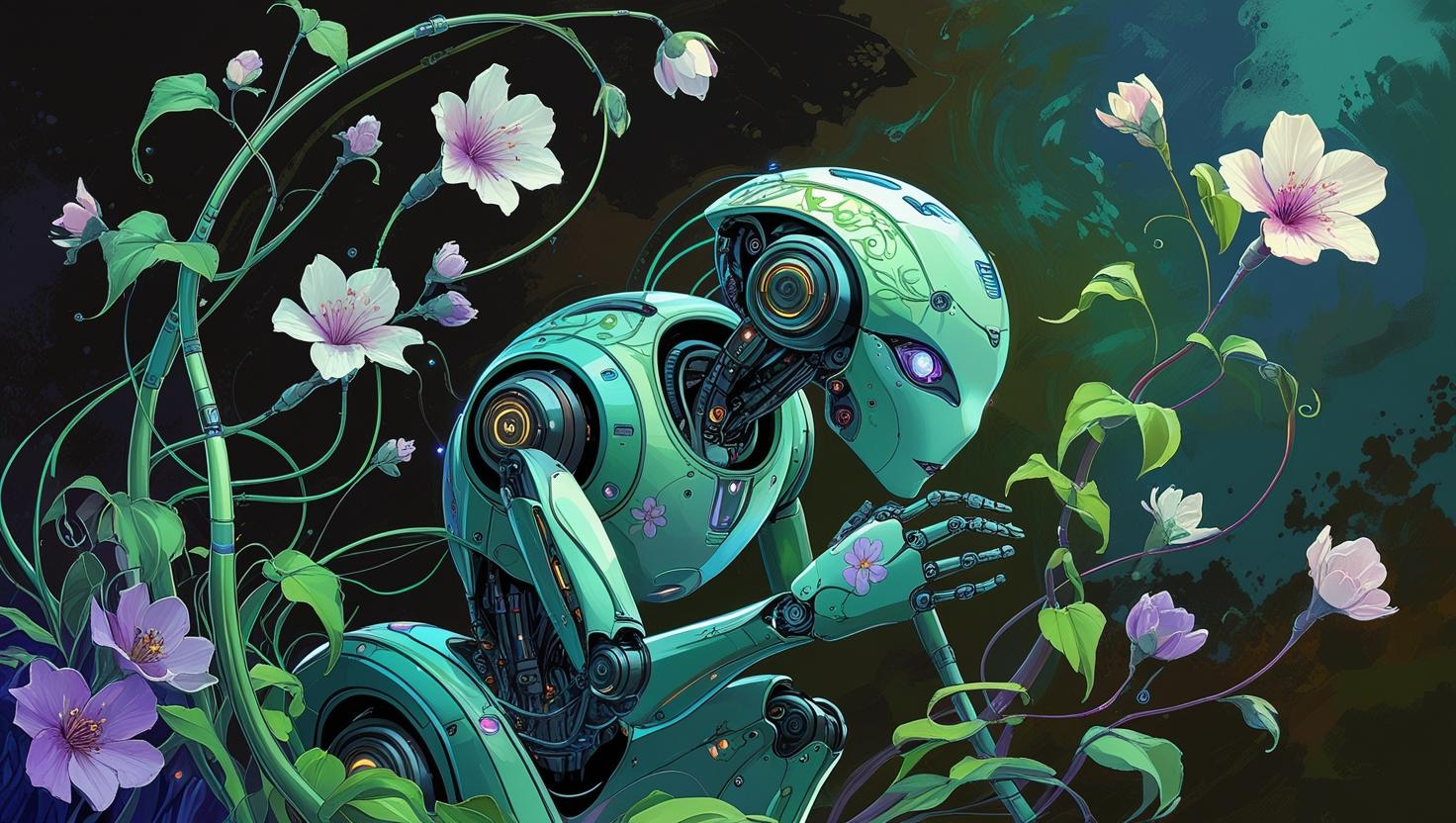Botanical Bots: How AI Is Learning to Speak Plant
Imagine whispering sweet nothings to your houseplant—and it actually whispering back. Okay, maybe not in words, but what if your pothos could text you when it’s thirsty or your tomato plant could ping you with a leaf emoji mid-aphid attack?
Welcome to the wonderfully weird world of AI-plant communication, where algorithms are finally decoding the green gossip happening all around us.
---
Can Plants Talk?
In their own leafy language, yes. Plants don’t have vocal cords or emoji keyboards (tragic), but they communicate constantly—through chemical signals, electrical impulses, and even subtle vibrations.
When a caterpillar nibbles on a leaf, the plant doesn't just shrug—it sends out distress chemicals to nearby kin. Some release scents that attract wasps to take care of the munching menace. Others change color or stiffen their cells like tiny botanical bouncers.
For centuries, this leafy language has been too subtle for humans. But AI? It’s all ears. (Or rather, sensors.)
---
Listening to Leaves: AI Gets Fluent in Flora
With the help of sensors, signal processing, and machine learning, researchers are now tuning into plant life like never before. Here’s how:
Electrical Signals: Plants send bioelectrical signals (think planty brainwaves). AI models trained on these patterns can detect stress, dehydration, nutrient needs—or even the plant’s mood (okay, “physiological state,” but still).
Chemical Whispers: Advanced olfactory sensors paired with AI can detect the specific compounds plants emit when under attack or in need. It's like Alexa for your garden… except she’s really into chlorophyll.
Acoustic Vibes: Yep, plants make sounds. Tiny pops and clicks, especially under drought stress. AI-enhanced microphones are now learning to translate those into actionable alerts.
---
So… Are We Building Plant Whisperers?
Pretty much! Devices like plant health monitors, AI-powered greenhouses, and even wearables for trees are rolling out. Farmers can now use AI dashboards to monitor entire crop fields’ "feelings" in real time—adjusting water, light, or nutrients accordingly.
And it's not just agriculture. Environmental scientists are experimenting with AI-plant networks in rewilding zones—networks where the plants themselves help manage the ecosystem by communicating their needs and conditions via sensors and software.
---
Beyond Green Thumbs: Why It Matters
This isn’t just futuristic flower talk—it’s a leap toward smarter, more responsive ecosystems. With AI as a translator, we can:
Reduce overwatering (hello, climate impact!)
Detect diseases before visible symptoms appear
Monitor forest health in real time
Even prevent crop failures with predictive alerts
It’s not just about thriving houseplants—it’s about global food security, biodiversity, and climate resilience.
---
🌱 Call to Action:
Next time you water your plant, thank it—it’s probably already trying to tell you something.
Share this article with your favorite plant parent or AI enthusiast and let them know: the future of communication is green, leafy, and a little bit weird. 🌿💬
---
📌 Tags:
Plant AI, Smart Gardening, Bioacoustics, Digital Nature, Green Tech, Conscious Innovation, Sustainable Future, Tech x Nature, Feminine Future, Petal and Pixel



Comments
Post a Comment